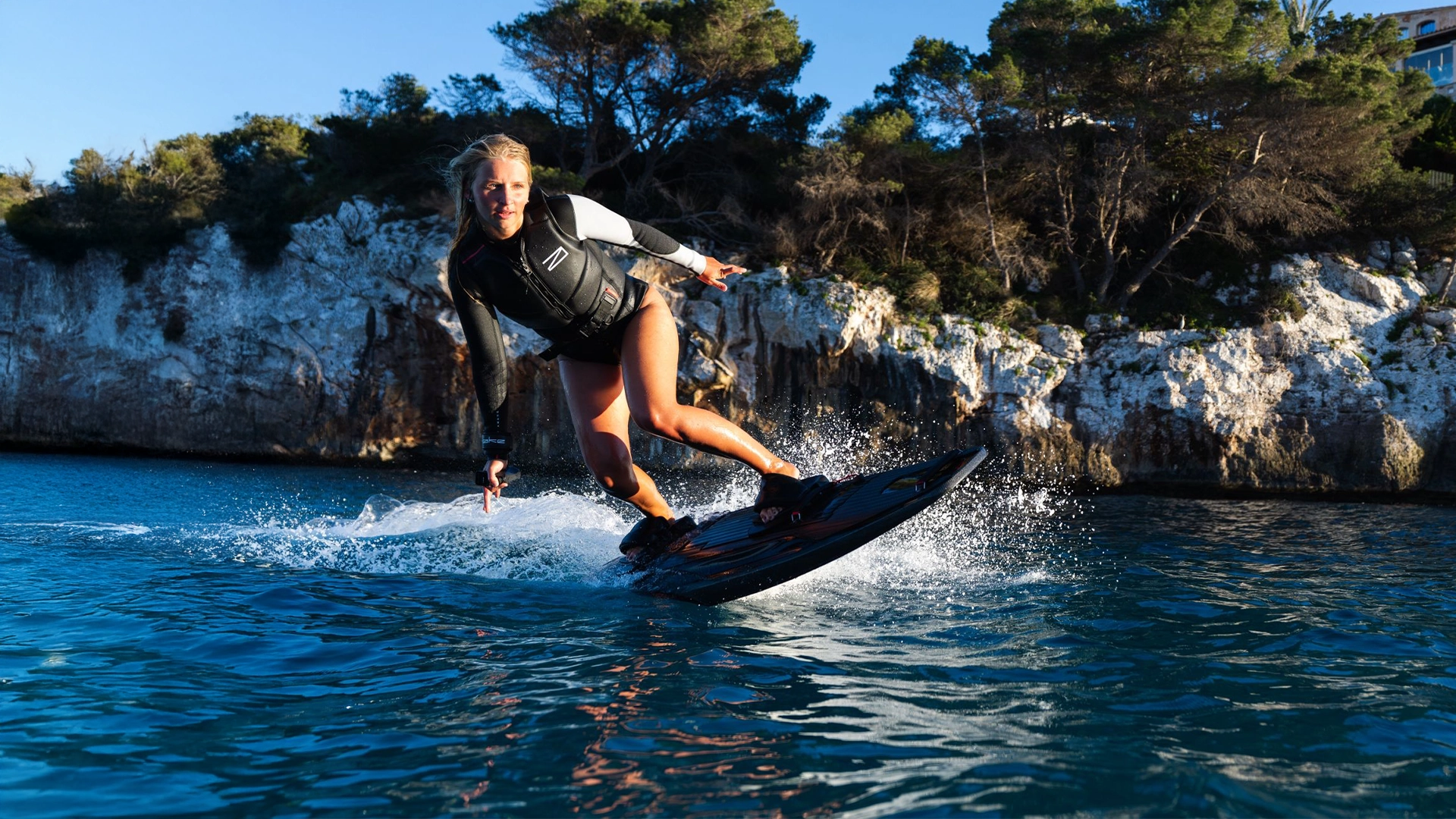
eFoil and e-surfer Safety Tips and Battery Care for Fliteboard, Lift, Waydoo, Takuma and More
Stay Safe and Ride Smart: The eFoil Rider’s Complete Safety Guide

Safety First, Always
If you are an eFoil rider or e-surfer, you know that safety starts long before you hit the water. It begins with preparation, good maintenance, and knowing your gear. We often ride in remote places where there are no quick rescue options, so every safe session starts with the mindset of taking full responsibility for yourself and your equipment.
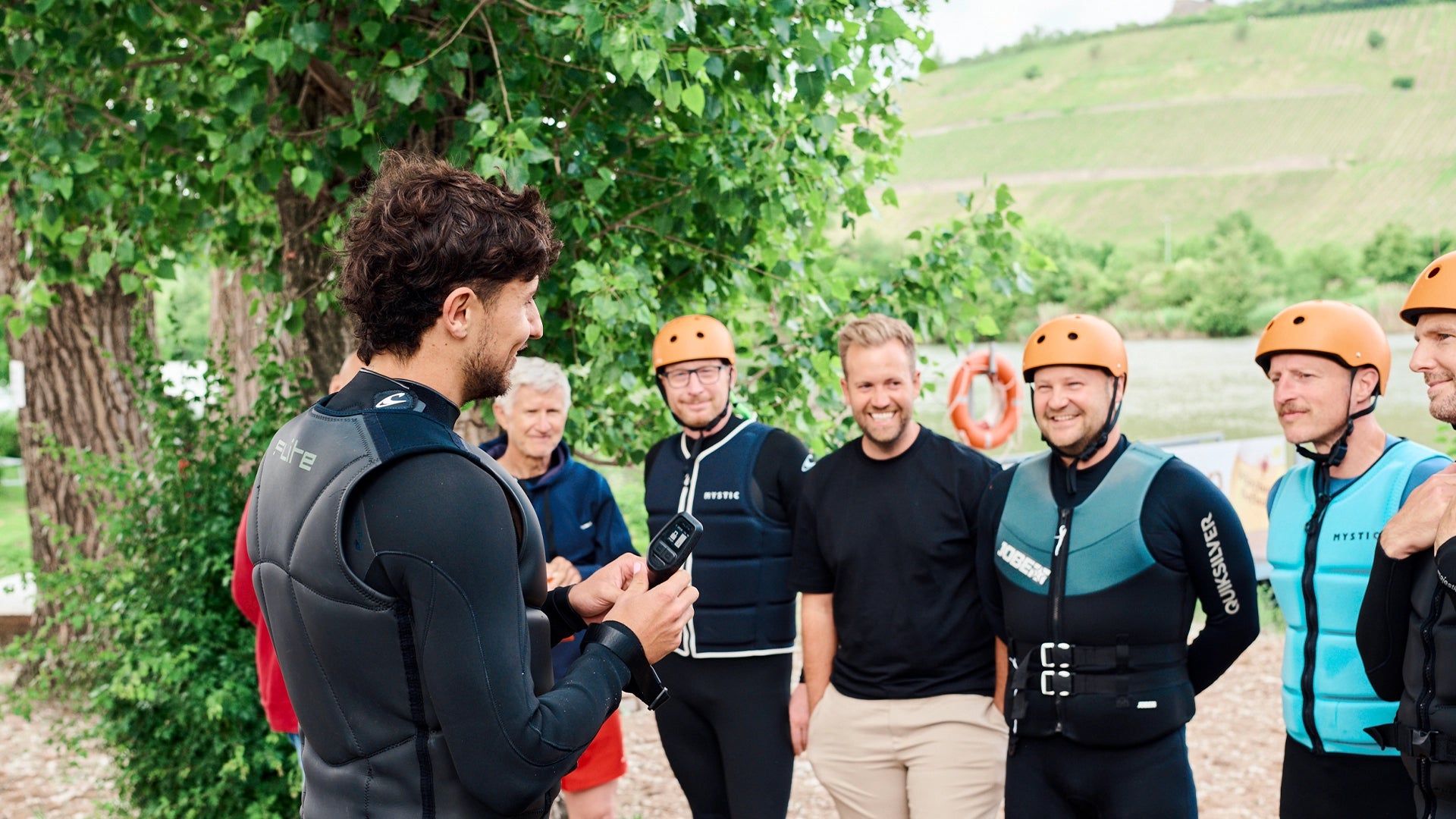
Pre-Ride Check and Preparation
Before every ride, inspect your board, mast, and wings. Tiny cracks can turn into big problems. A front wing that splits during a ride can leave you stranded far from shore. Tighten all screws and confirm they are the right type. Screws that are too long can damage the board, and short ones can make the structure weak.
Always check your battery health before heading out. Not every brand gives you smart diagnostics, but some do it very well. Fliteboard has the most sophisticated app on the market, allowing you to monitor battery health, temperature, and ride data.
Lift Foils and Waydoo also offer companion apps, while Audi e-tron Foil and Takuma provide more basic systems that still track essential performance metrics.
Checking your battery before each session avoids surprises when you are far from land.

Want to Be a Safe e-Surfer? Learn Your Gear Inside Out
Over the years, eFoil Riders has worked with almost every eFoil and electric surfboard brand available. We constantly test new models, analyze performance, and service most of them.
After years of comparison, we chose to focus fully on Fliteboard for our long-distance adventures. These boards have proven to be the most reliable and technologically advanced, which makes a huge difference when you ride for many hours or in remote areas.
We have seen smaller brands struggle with build quality and reliability. Because of that, we always recommend using one consistent brand for long trips if possible. This allows you to swap batteries between boards or even pair a spare remote if needed. It makes maintenance and problem-solving much easier and safer for everyone in your group.
If you have not already seen it, check out our Hardware Overview Video that shows how to pair or reset your remote. These are basic skills every rider should know.
You should also learn how to recalibrate your trigger in case it gets stuck with sand or loses connection. Being familiar with these small fixes can save your session and sometimes make a real difference in remote places.
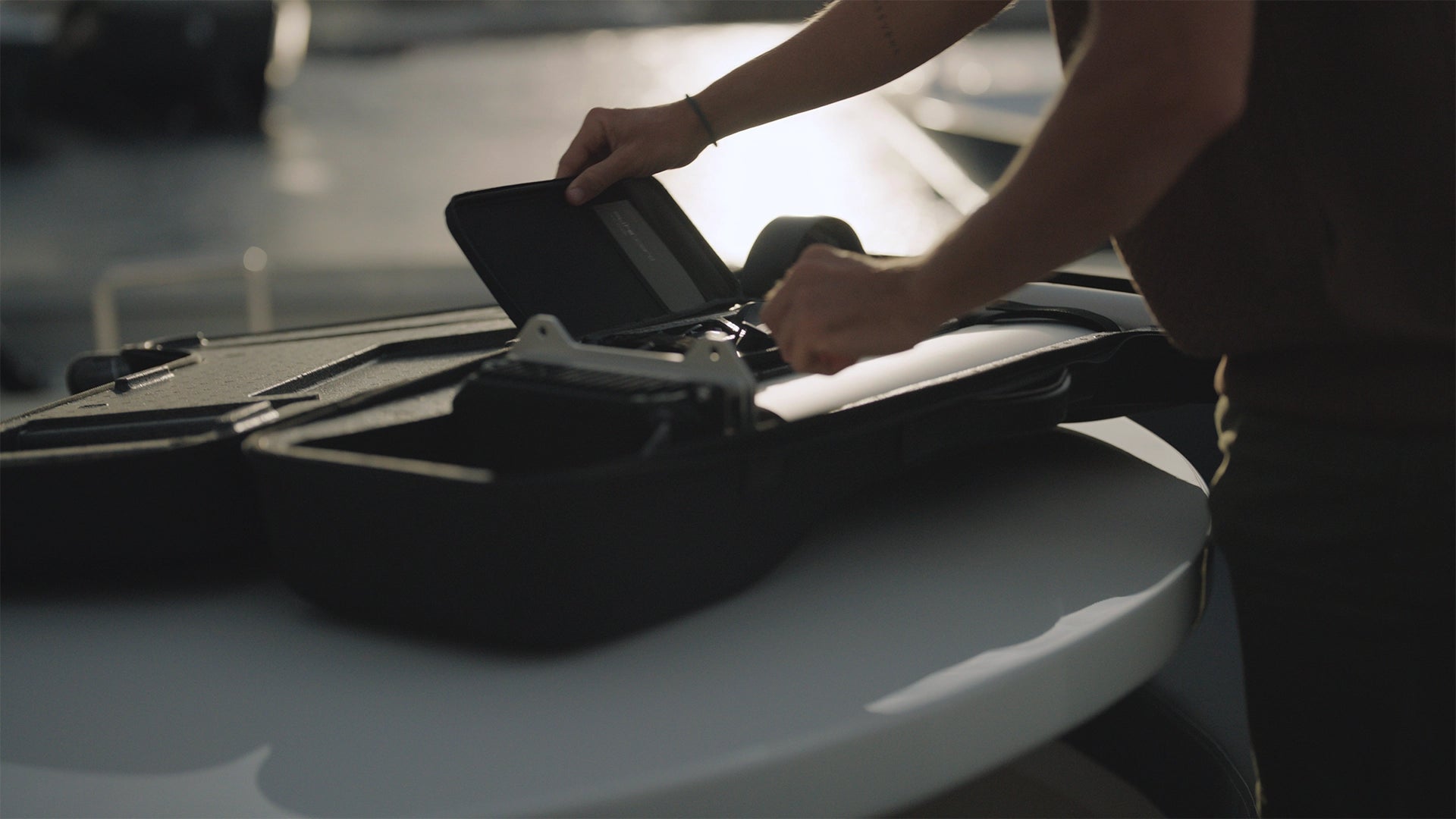
Video

Safety Gear That Matters
Helmets are not about style, they are about smart riding. You may look like a freshly hatched chick, but you will ride again another day. A good impact vest protects your ribs and also keeps you afloat if you fall unconscious. Both are essential for serious riders.
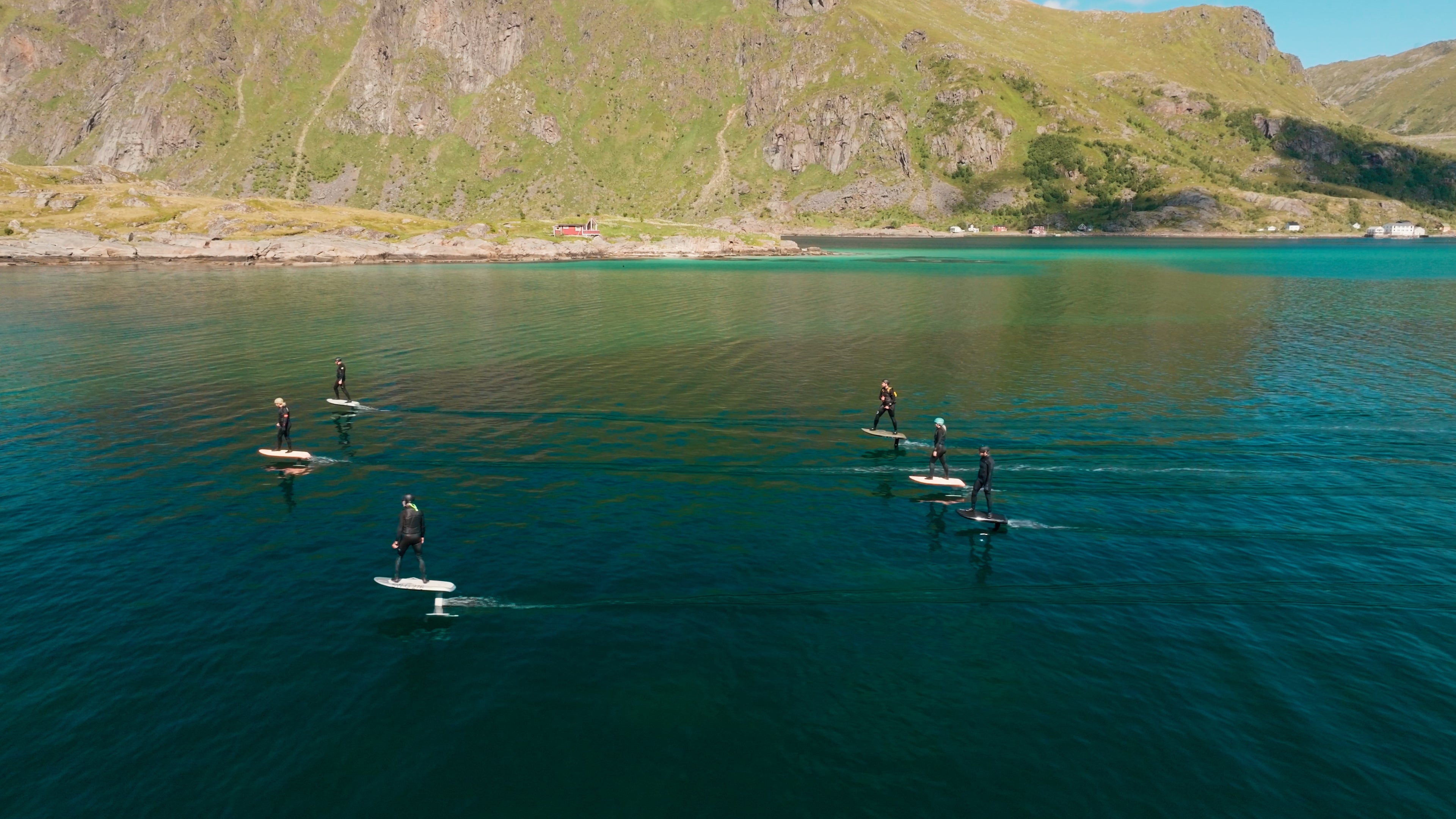
Riding Together and Staying Organized
Riding in groups is the smartest way to stay safe. Before you start, agree on the route, your meeting points, and how to communicate. One person should lead and another close the group. If the weather or waves change, talk early and turn back if needed.
When restarting in waves, aim for a forty five degree angle to the swell to make it smoother and save energy.
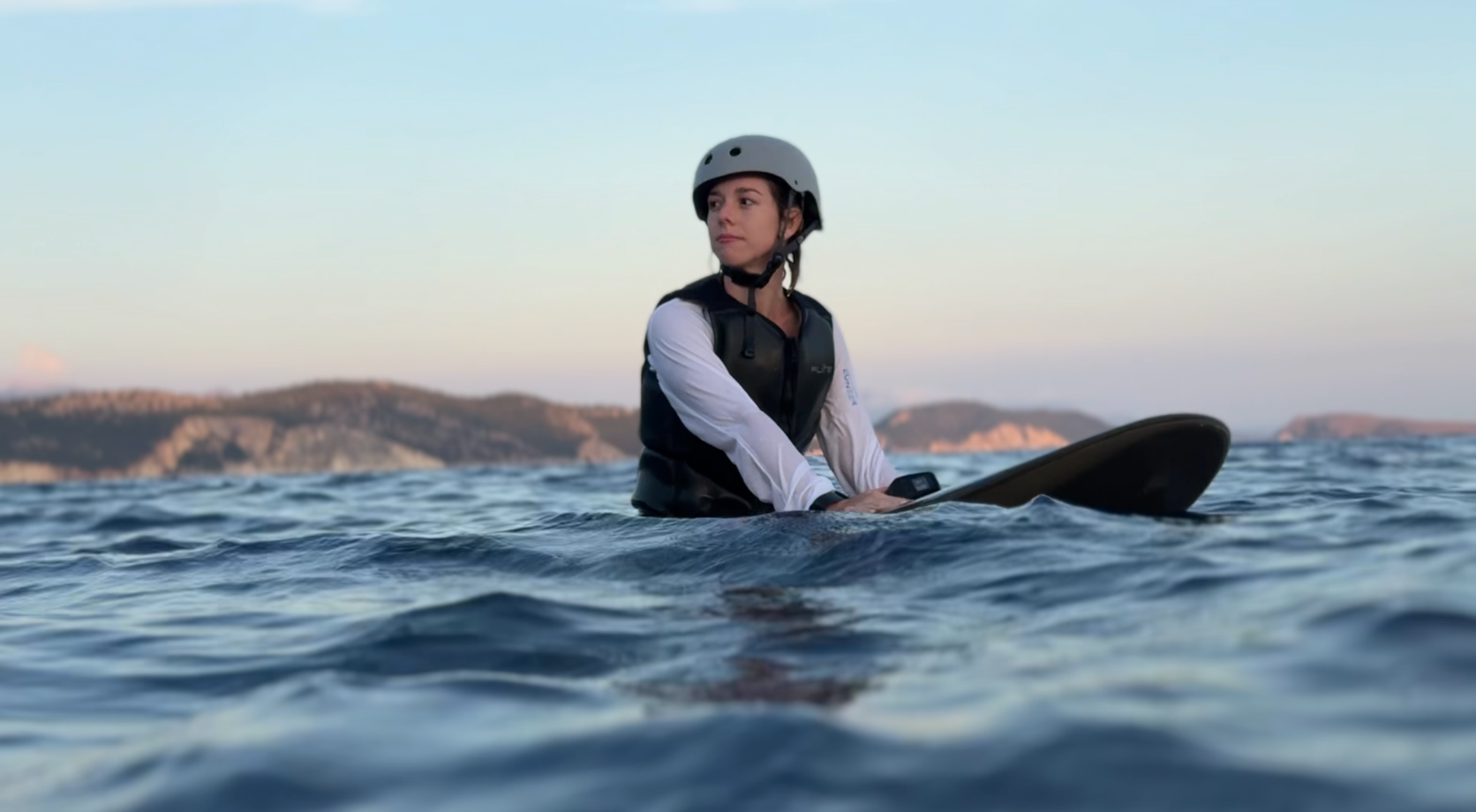
Staying Calm When Things Go Wrong
No matter how good you are, things can happen. Staying calm is the most important skill a rider can have. Panic helps no one. Sometimes there is blood, fear, or confusion. In these moments, clear communication saves lives.
If someone is injured, keep your voice calm and make sure they are floating safely. Only then should you check the equipment. A calm rider can turn a bad situation into a safe recovery.

Legal Awareness and Insurance
Every responsible rider should have water sports insurance. Specialized eFoil and jetboard policies cover accidents, equipment damage, and third-party liability. If you ride a Fliteboard, Lift, or any other brand, it is an investment that protects you and others. In some areas, it is even required by law.
Always check if your coverage includes international rides and medical repatriation. Many affordable options exist, and they make a big difference when something unexpected happens.
Also, make sure to know where you are allowed to ride. Marine reserves, protected zones, and military areas can have strict regulations. Always check local laws or ask the marina office or fishermen about safe riding areas and known hazards.
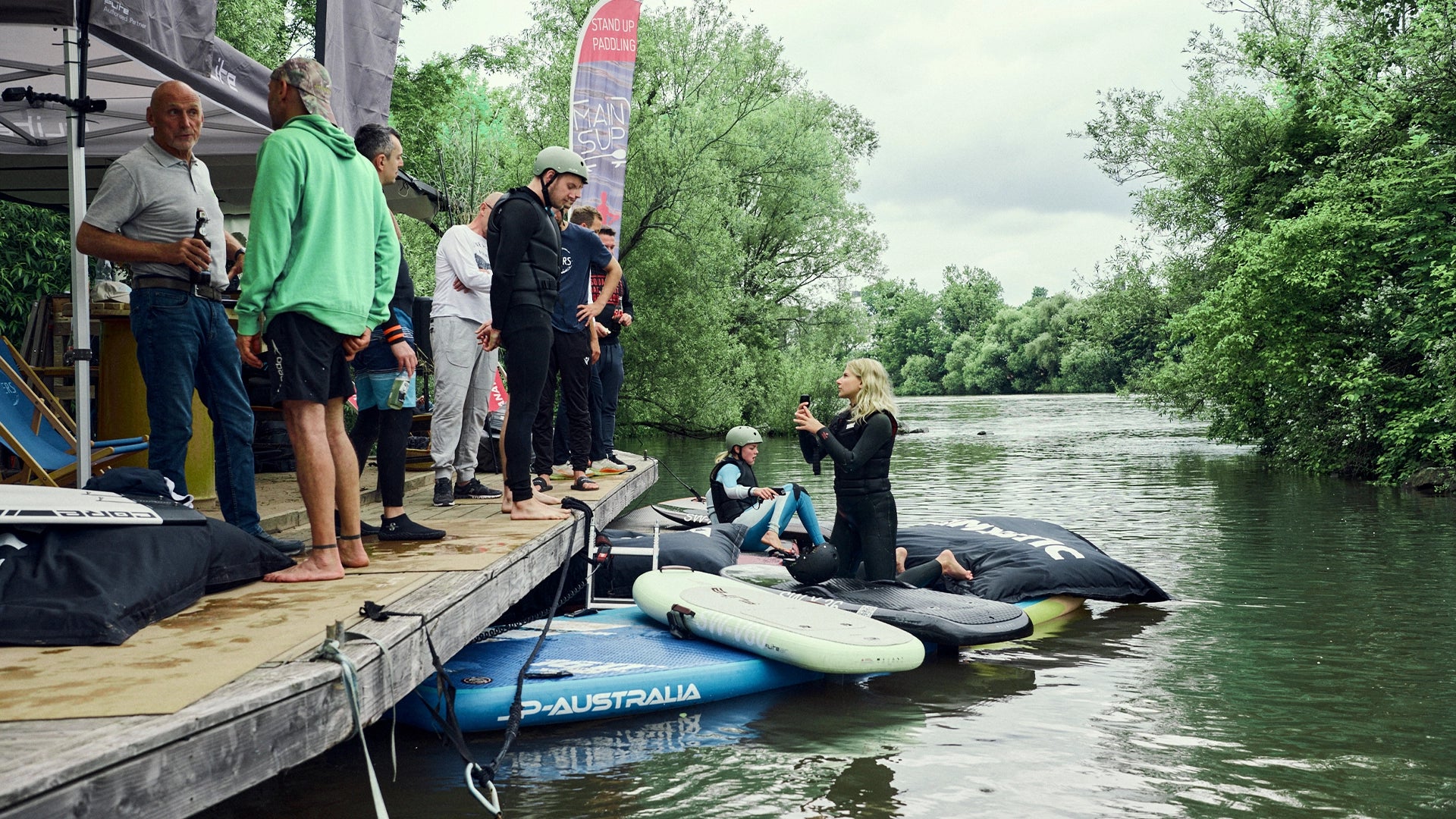
Communication and Accountability
Before longer rides, always inform someone on shore. Tell them your planned route and return time. Leave a phone number. We like to joke that search parties are fun, but only if someone actually starts one.

Gear Damage and Emergency Handling
If you hit something underwater, roll shoulder first and stay flat instead of extending your arms. Once you surface, check your board for cracks and confirm that your wing and propeller are intact.
A broken wing causes drag and drains battery life quickly. If necessary, remove it before heading back to preserve battery. Always collect every part and leave no debris behind.

Staying Warm and Comfortable
Cold water is not an excuse to stop riding. A good wetsuit makes all the difference. A 4/3 mm neoprene is great for mild conditions, while 5/4 and 6/5 mm suits handle winter perfectly.
O’Neill, Rip Curl, and Ion are excellent choices. Always ensure your helmet fits well over your hood.
At eFoil Riders, we ride in Germany and the Balearics all year round. We joke that there are two kinds of cold: the “Spanish cold” that makes you grumble, and the real “German cold” that freezes your smile. Both are worth it if you are dressed right.
We have written a whole Blog on how to stay warm during the Winter season which you can read here.
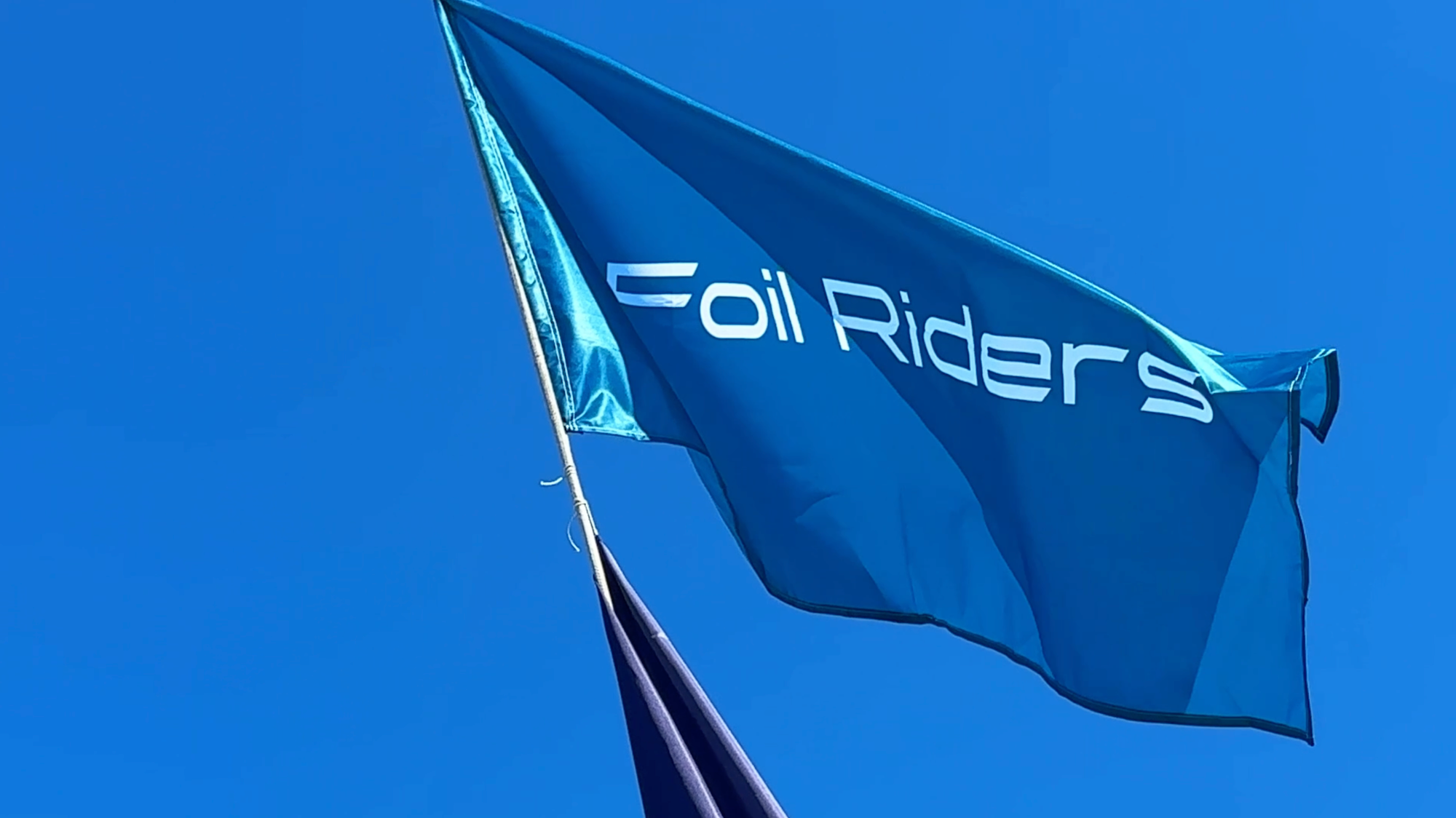
The eFoil Riders Mindset
We have seen broken wings, damaged remotes, stranded riders, and even a few nasty injuries. But every single time, preparation and calmness turned what could have been a disaster into a good story later on.
That is what we call the eFoil Riders mindset. It is the combination of awareness, respect, and readiness. It is knowing that something can go wrong and being ready to handle it with confidence. If you take care of your gear, ride with awareness, and stay calm, eFoiling, jetboarding, and esurfing are among the safest and most rewarding water sports in the world.
Blog posts
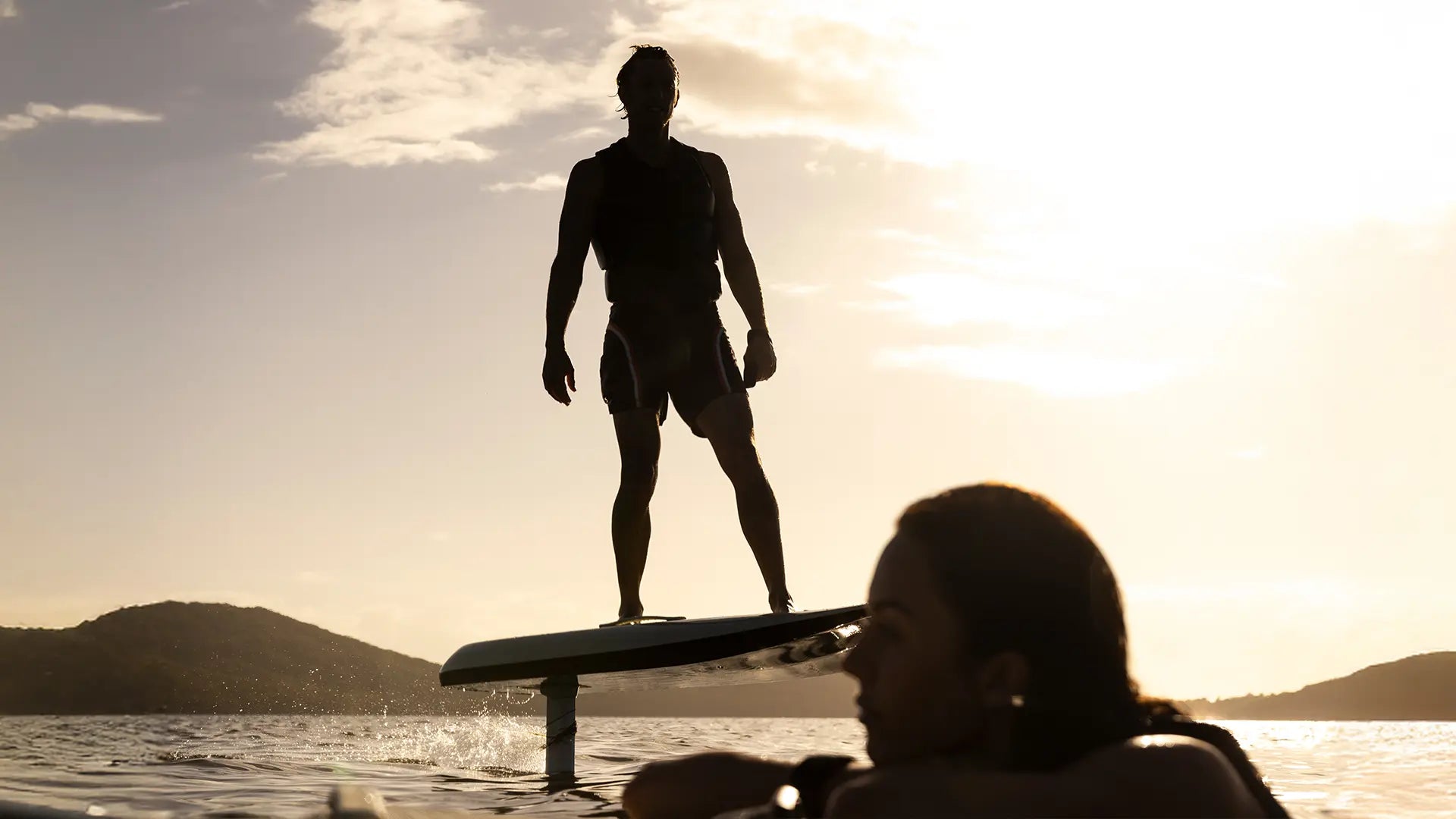
Black Friday, Cyber Monday and the Calm Way to Get Your Efoil
Black Friday, Cyber Monday and the Calm Way to Get Your Fliteboard efoil, Awake or SeaBobEvery November, the world of online shopping transforms into a wild sea of flashing price...
Read more
Fliteboard RACE – A Turning Point for the Future of E-Foiling
The launch of the Fliteboard RACE marks a true milestone for eFoiling and for the evolution of this sport. It is not just a faster board. It represents how technology, design, and human performance...
Read more
Stay Safe and Ride Smart: The eFoil Rider’s Complete Safety Guide
If you are an eFoil rider or e-surfer, you know that safety starts long before you hit the water. It begins with preparation, good maintenance, and knowing your gear. We often ride in remote places...
Read more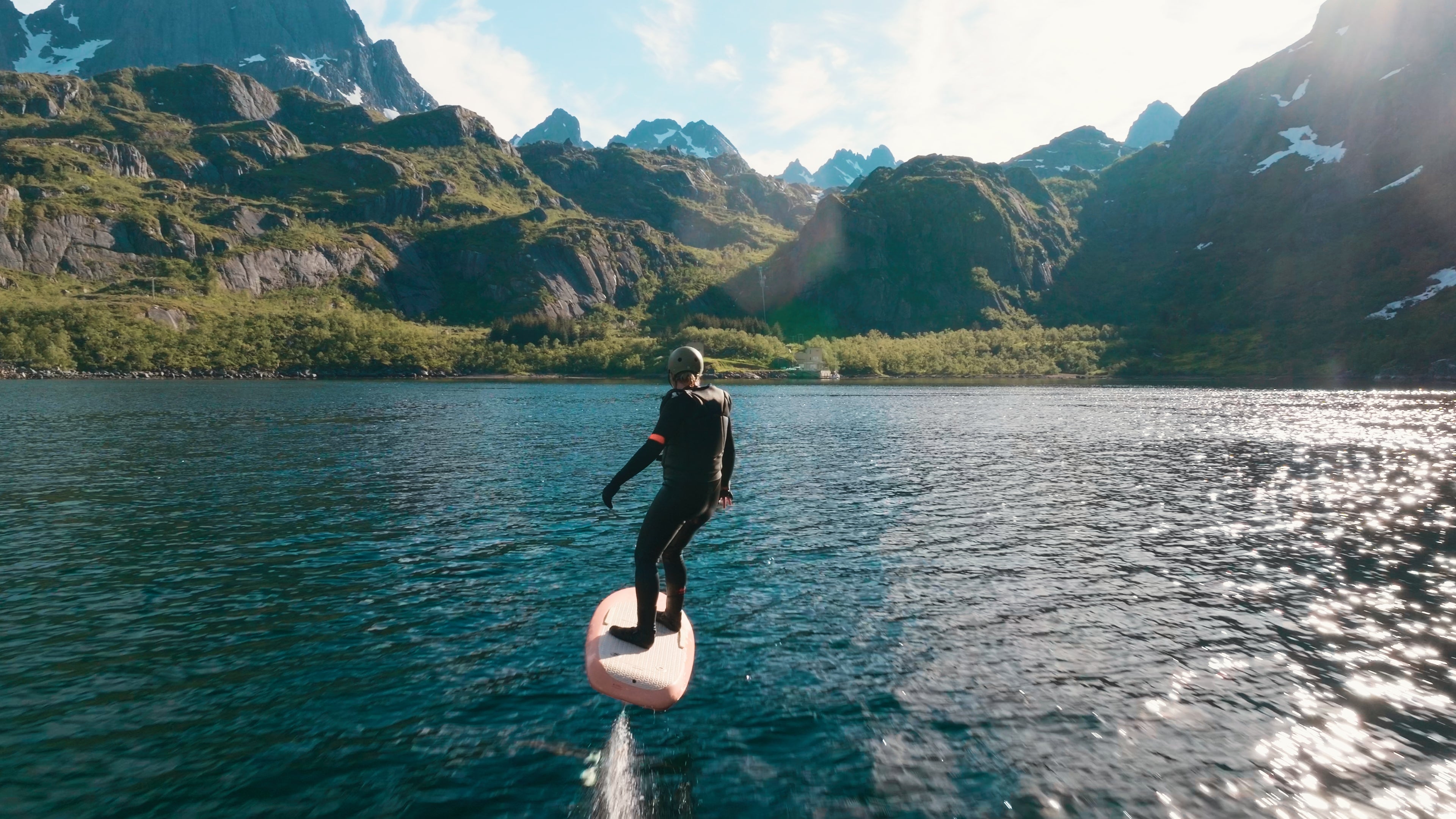
Winter eFoiling Because Real Riders Do Not Hibernate
To position eFoil Riders as Europe’s most passionate and professional year-round community for eFoil, jetboard, and esurfer riders. This campaign celebrates the thrill of winter riding, educates on...
Read more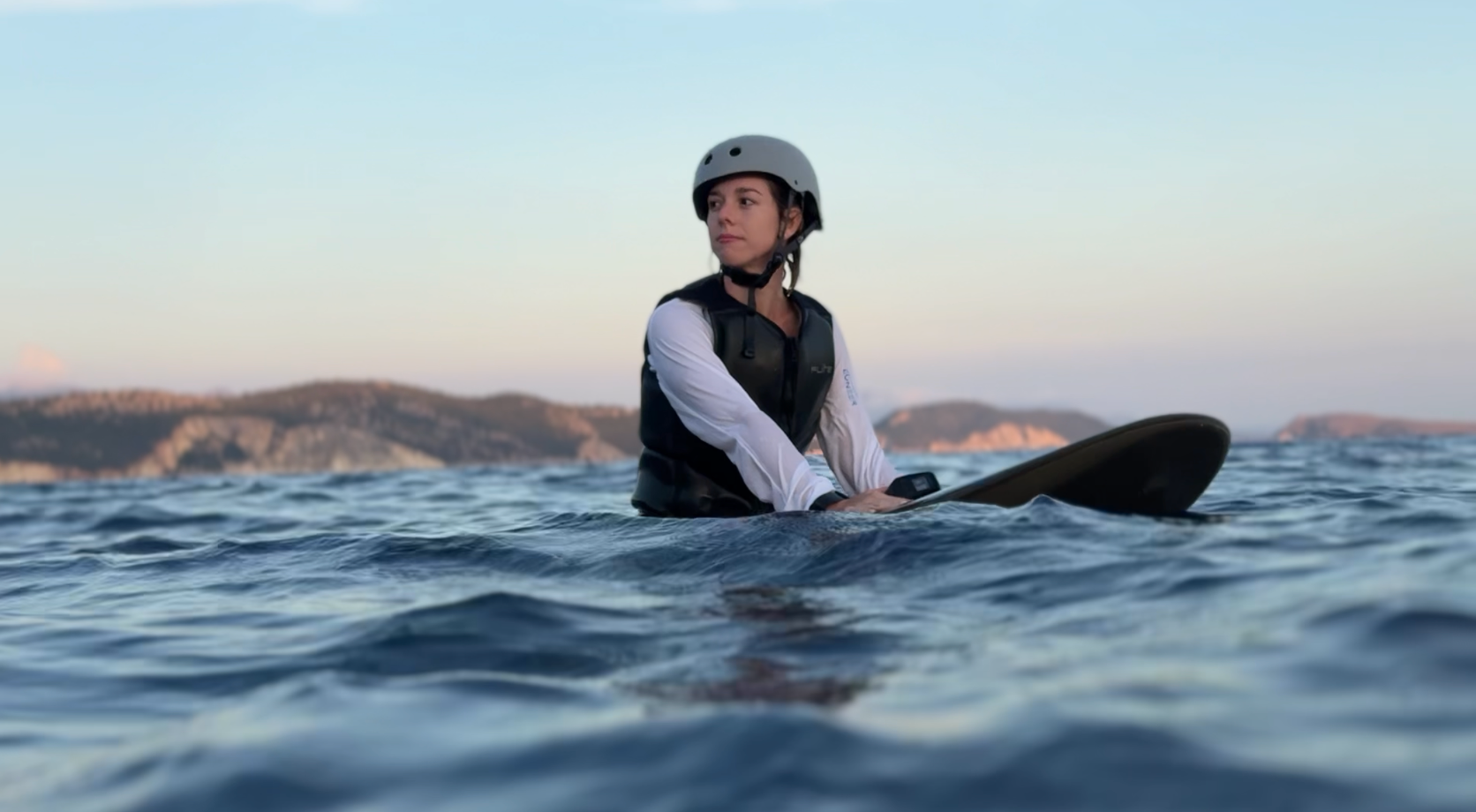
The Fliteboard Odyssey: My First Week at Sea with eFoil Riders
Hi guys, my name is Tamara. I just recently joined eFoil Riders, and I probably had the craziest first week at a company that anyone could imagine. This trip was so special that I wanted to share ...
Read more
Why Used eFoils Are Rare and How to Get One
Finding a quality used eFoil is rare - almost like spotting a unicorn. At eFoil Riders, we’re offering a limited number of refurbished boards, fully serviced, inspected, and backed by a one-year wa...
Read more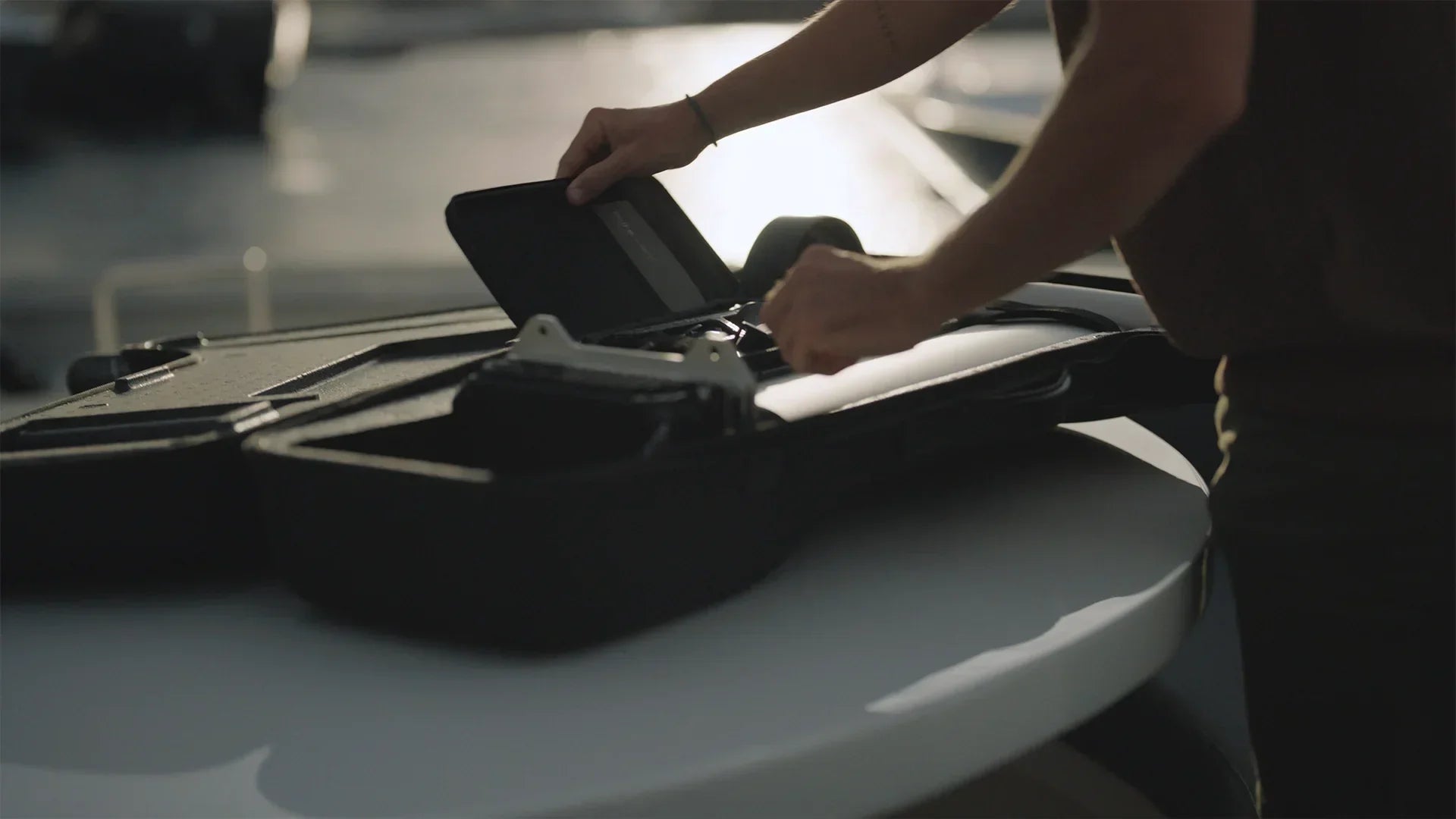
Why eFoil Maintenance Matters | Service Care Guide for fliteboard, Seabob and efoils
Owning high-tech water toys like eFoils, Jetboards, and SEABOBs is all about freedom on the water. But when the moment comes to ride, your gear has to perform flawlessly.At eFoil Riders — Europe’s ...
Read more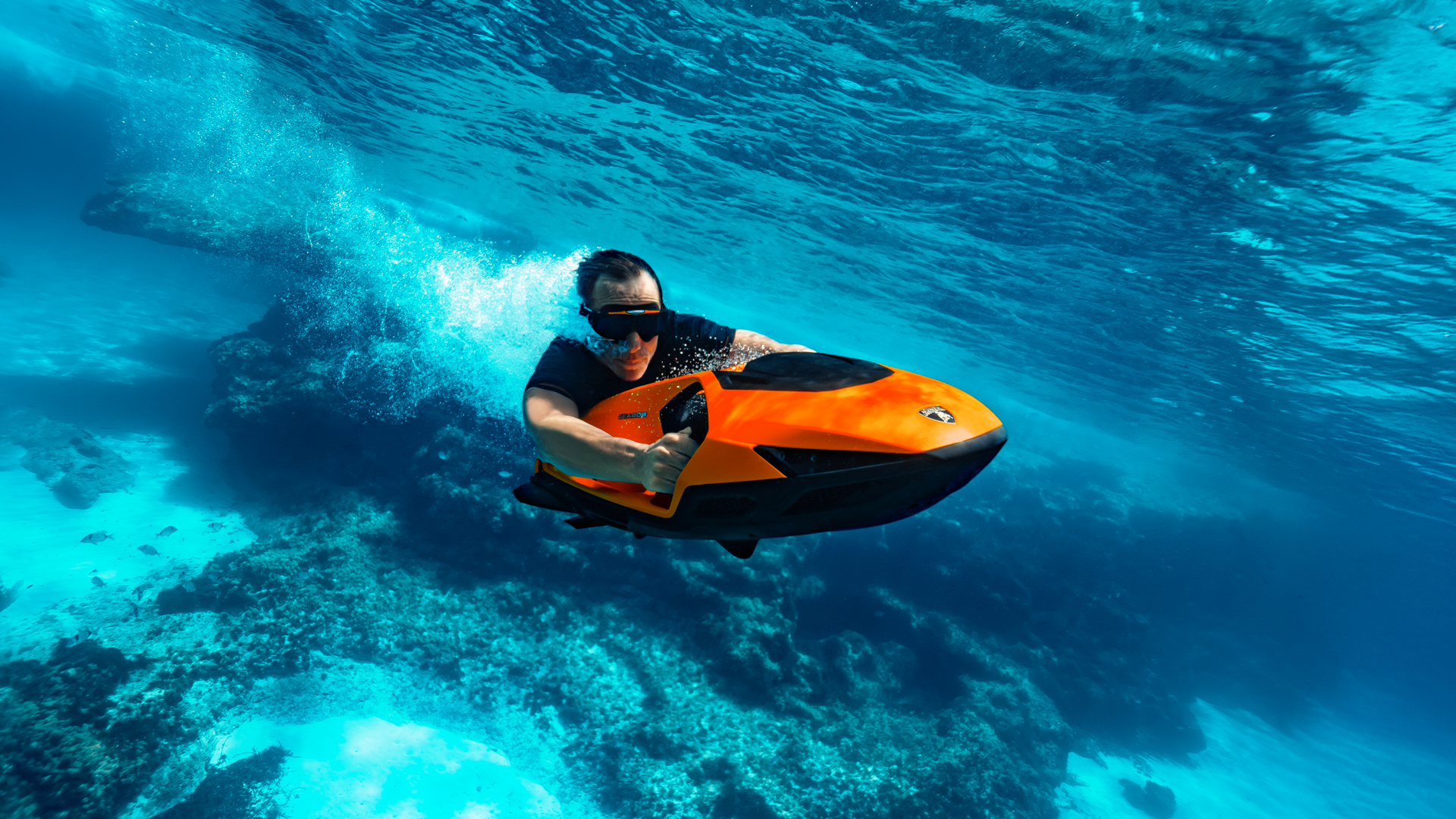
When Lamborghini Hits the Water
When Lamborghini Hits the Water: Meet the Seabob SE63 At eFoil Riders we have always had a soft spot for design. From the way we shape our hub in Cala Nova to the lines of the toys in our Munich sh...
Read more
Calanova Unleashed: Mallorca’s Hidden Hub for the Future of Water Sports
Where asymmetric design meets electric adrenaline and a new lifestyle begins “When you invent a new way to fly,” says Markos Kern with a smile, “you can’t expect it to take off just anywhere.” ...
Read moreNeed help?
Frequently Asked Questions
eFoil Safety
Yes eFoiling is a safe and beginner-friendly water sport when you ride with the right preparation and safety gear. Start in calm, open water and learn to balance at low speed before increasing power. Always wear a helmet and impact vest to prevent injury. With awareness, good instruction, and regular gear checks, eFoiling is one of the safest and most enjoyable electric surfboard experiences available.
Every rider should wear a helmet and impact vest. These protect your head, ribs, and keep you afloat if you fall. A good wetsuit adds comfort and warmth, especially in colder conditions. Many eFoil Riders use O’Neill, Rip Curl, or Ion suits for durability and fit. Always check that your gear fits well and your board is fully secured before riding.
Check your battery health before every session. Fliteboard offers advanced diagnostics via its app, while Lift Foils, Waydoo, Audi e-tron Foil, and Takuma also provide battery tracking tools. Avoid full discharges, rinse connectors with fresh water after use, and store the battery in a cool, dry place. Regular care extends lifespan and keeps your eFoil performing safely.
Stay calm and assess the situation. First, make sure you’re floating safely and signal your group if you’re not alone. Check for damage to the propeller, wings, or connections. If your battery is low, remove the damaged wing or foil to reduce drag and paddle back. Always ride with a buddy and inform someone on shore before long sessions.
Always check local laws and marine regulations before you ride. Some areas, such as marine reserves or protected zones, restrict electric surfboards. Ask local marinas or water authorities for guidance. Many regions in Europe now have dedicated eFoil zones where Fliteboard, Lift, Waydoo, and Takuma riders can ride safely and legally.

